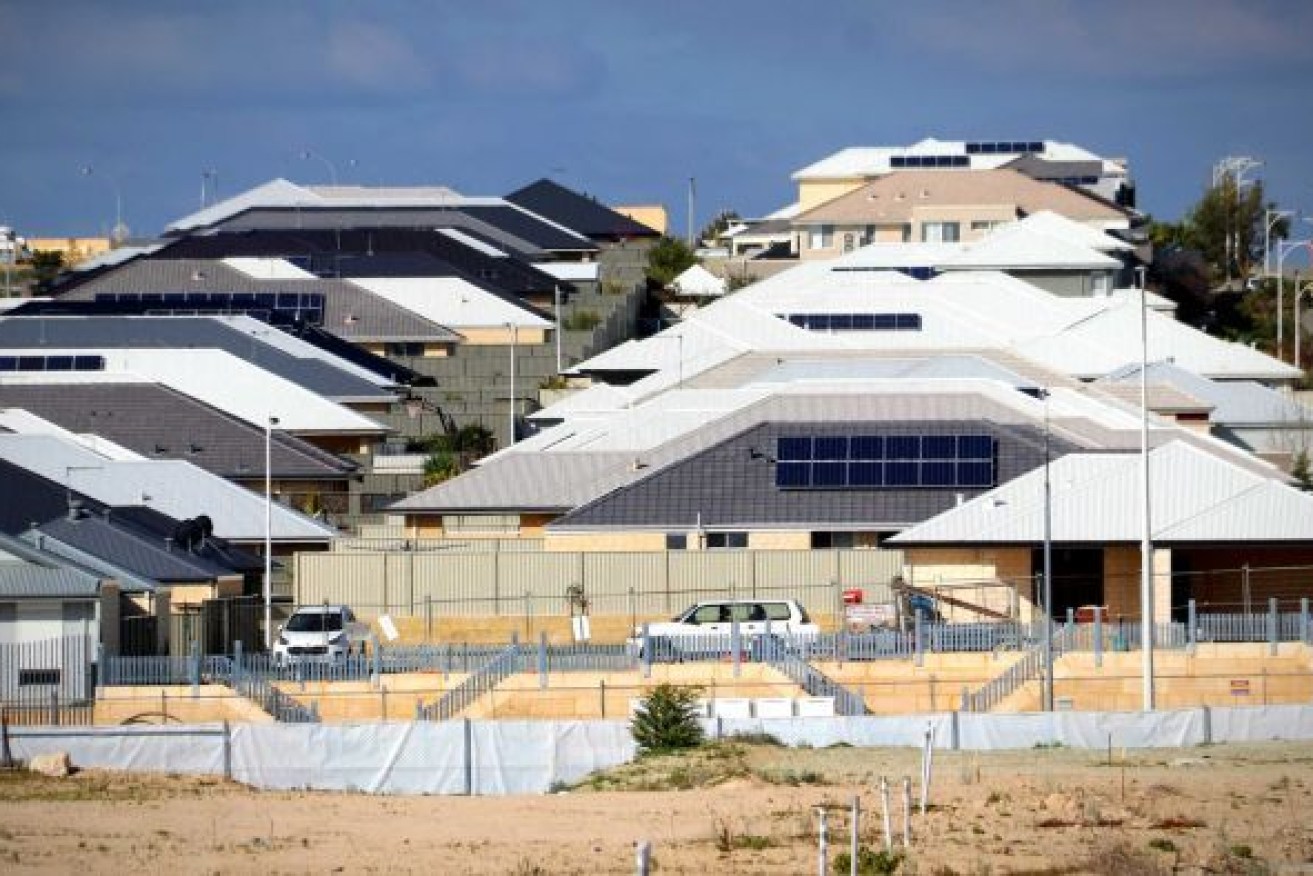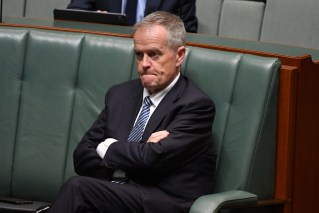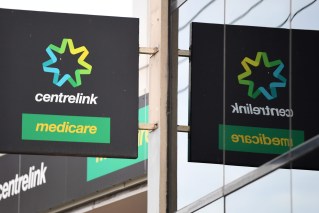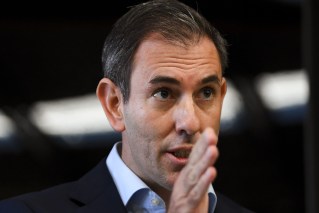Housing prices steady in cities but Queensland regions the place to be
Australia’s housing value fell for the fourth straight months but Brisbane’s housing market is starting to show signs of an easing in declines, according to a report from CoreLogic.


(Photo: ABC)
The report showed that capital city average asking prices decreased by 0.3 per cent for both houses and units over the month to September 1. The median Brisbane home value is now $503,000, Sydney is $860,000 and Melbourne $667,000.
The CoreLogic home value index recording a 0.4 per cent fall in August in the national home value figure but CoreLogic said there were no signs yet of a build-up in distressed listings, but this could change at the end of the month when Government support starts to reduce.
In Brisbane, dwelling values fell marginally in August but remain 3.5 per cent higher than this time last year. Regional Queensland values are still 4.6 per cent above last year. Brisbane house rents fell by 0.1 per cent between March and August and unit rents fell by 0.3 per cent.
Yields for rental stock in Brisbane were 4.2 per cent for houses and 5.2 per cent for units.
CoreLogic’s Tim Lawless says there are a variety of factors helping to support regional housing market conditions.
“Unlike their capital city counterparts, which usually receive 85 per cent of net overseas migration, most regional markets have avoided the drop in demand caused by the pause in migration. Regional markets may also be appealing for their relatively low density and lower price points.
“The normalisation of remote work through the pandemic could make proximity to major cities less of a factor in home purchasing decisions.”
“Our take on that phenomenon is that demand has boomed for regional real estate as more of our populations looks to remote living.”
Lawless said there was a “near entire freeze-up of the Melbourne housing market”.
“Compared to a year ago, the capital city asking prices posted an increase of 6.3 per cent for houses and remained steady for units.
“Over the month, Sydney and Brisbane recorded marginal asking price decreases in both houses and units, with Sydney recording the largest decline in house asking prices of 1.2 per cent and Melbourne recording the largest decline in unit prices of 0.8 per cent.
“Outside of Melbourne, the remaining capital cities all recorded slightly better conditions relative to July. The rate of decline eased across Sydney and Brisbane, while home values held firm or showed a subtle rise across the remaining capitals.
Although housing values continued to trend lower from their pre-COVID highs, at least from a macro perspective, the rate of decline has eased over the past two months and five of the eight capitals recorded steady or rising values through the month.












